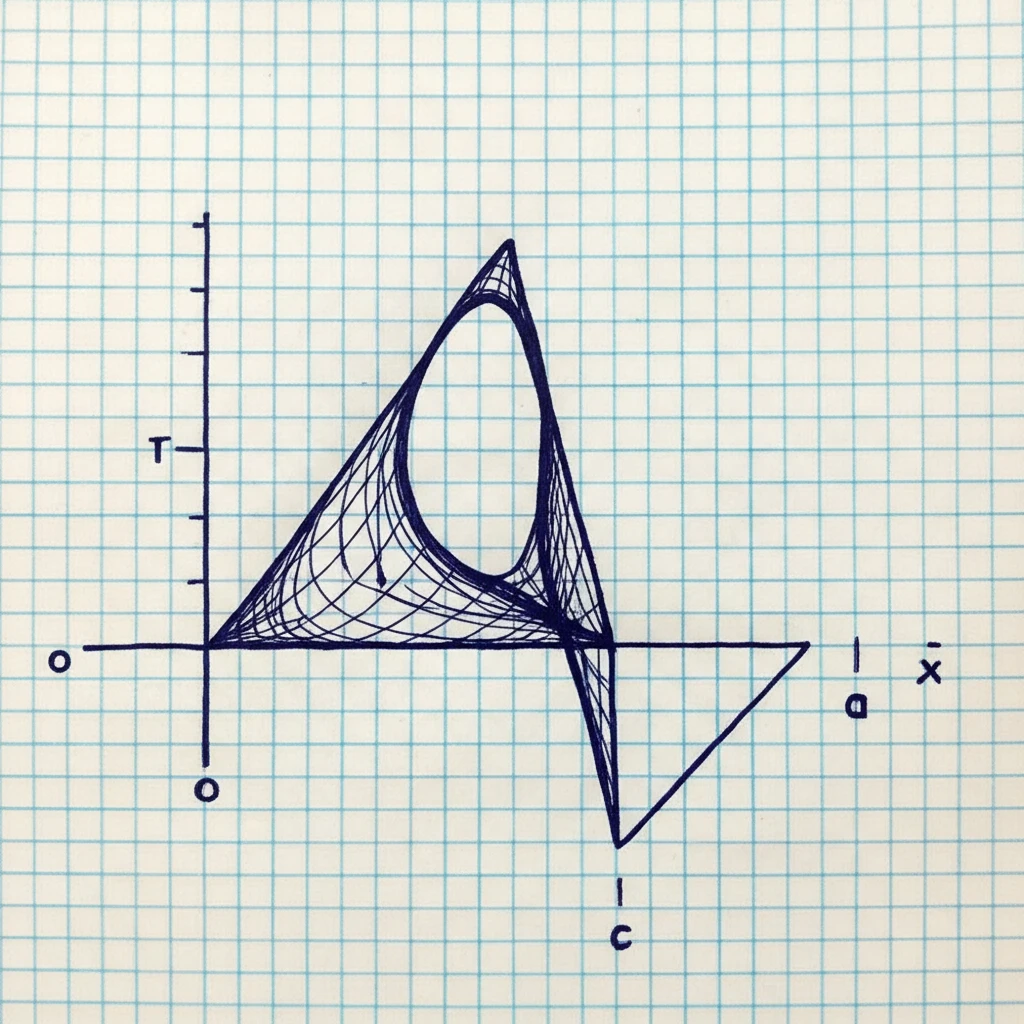
Unlock Geometry Success: Transform Trapezoids with This Simple Grid Method
"Master area calculations using visual reconfiguration – a smart approach to secondary math, making learning intuitive and effective for all students."
Geometry, often seen as a complex subject filled with formulas, can become significantly more accessible with the right approach. Traditional methods, which rely heavily on memorization, can often leave students struggling to grasp the underlying concepts. However, innovative techniques are emerging that emphasize visual understanding and practical application, turning abstract ideas into tangible learning experiences.
One such method focuses on reconfiguring geometric shapes within a grid. This approach, particularly effective for understanding area, allows students to transform shapes into simpler forms by leveraging the grid's structure. By visually deconstructing and reconstructing figures, students gain a deeper, more intuitive understanding of area calculation. This method not only simplifies the process but also enhances problem-solving skills and boosts confidence in tackling geometric challenges.
This article explores how this reconfiguration method is applied to trapezoids, specifically within a grid-based environment, to teach Peruvian secondary students area calculation. This method, breaking free from traditional formulas, taps into the power of visual learning and spatial reasoning, providing a more engaging and effective educational experience.
What is Grid-Based Geometric Reconfiguration and Why Does It Work?

Grid-based geometric reconfiguration involves transforming a complex shape into a simpler one within a grid, making it easier to calculate its area. Students visually decompose and rearrange the original shape, using the grid to guide their manipulations. By counting the grid units within the new shape, they determine its area. This hands-on approach fosters a stronger understanding of spatial relationships and geometric principles.
- Visual Learning: Simplifies complex concepts through visual manipulation.
- Active Engagement: Promotes hands-on interaction, enhancing retention.
- Intuitive Understanding: Fosters a deeper grasp of spatial relationships.
- Problem-Solving Skills: Encourages creative approaches to geometric challenges.
- Confidence Building: Empowers students to tackle geometric problems with greater assurance.
Transforming Math Education: One Grid at a Time
The grid-based geometric reconfiguration method offers a promising path forward for math education. By shifting the focus from memorization to visual understanding and active engagement, educators can create more effective and enjoyable learning experiences for students. This approach not only simplifies area calculation but also cultivates critical thinking and problem-solving skills, preparing students for success in mathematics and beyond.
